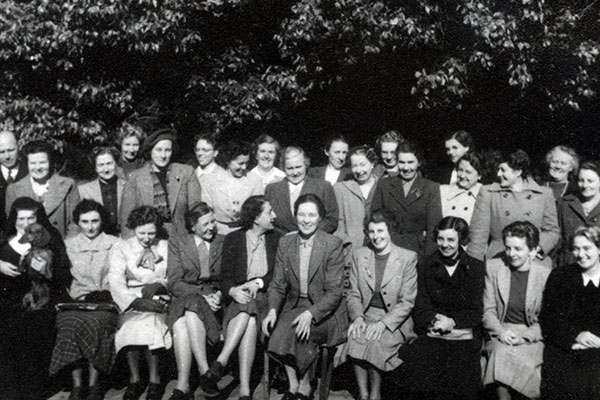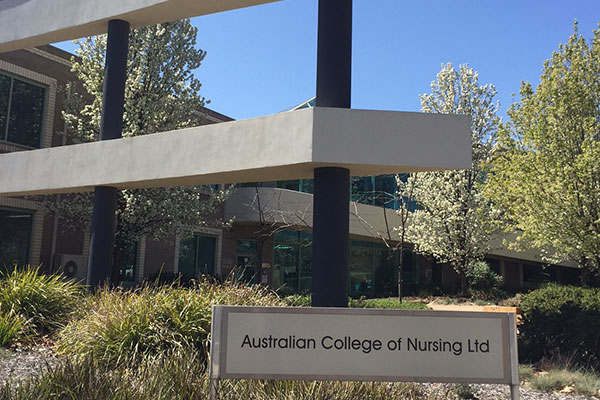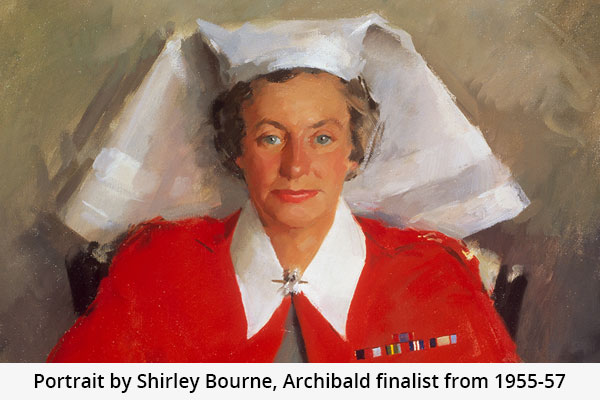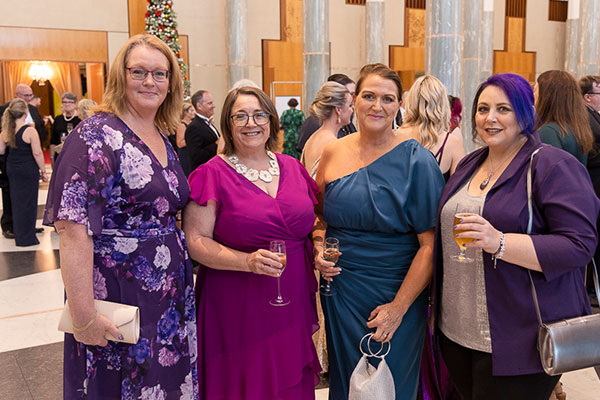The Australian College of Nursing (ACN) was formed in 2012 through the unification of the College of Nursing, Australia and Royal College of Nursing, Australia. Both predecessor organisations had a rich history of championing the nursing profession since 1949.
The Royal College of Nursing, Australia (Est. 1949)
The Royal College of Nursing, Australia (RCNA), originally known as the College of Nursing Australia, was founded in Victoria in 1949. From its inception, the organisation played a pivotal role in advancing the nursing profession in Australia.
Cultivating and maintaining the highest standards
RCNA was dedicated to cultivating and maintaining the highest standards of nursing practice and ethics, raising the status and standard of the nursing profession by training teachers and administrators, and providing postgraduate nurse training, as well as fostering both local and international collaboration among nursing professionals.
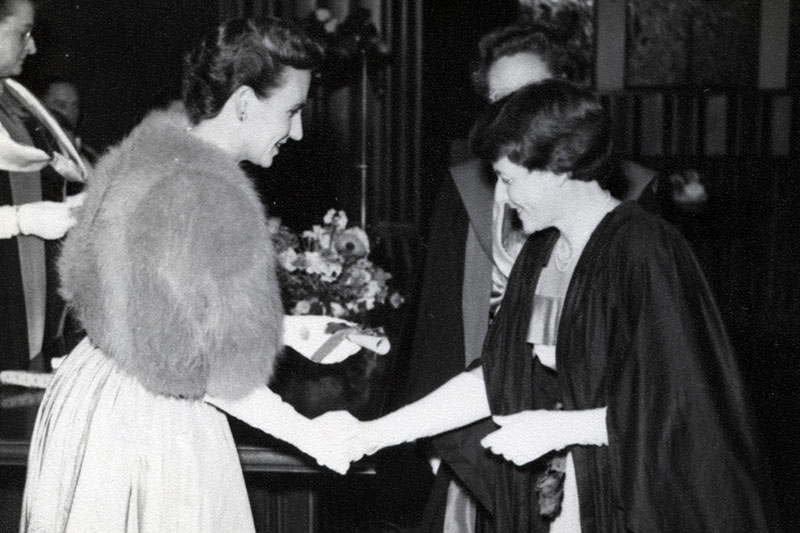
Image: The College of Nursing Australia Graduation ceremony 1950
Founders of the College of Nursing Australia
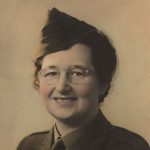
Myrtle Ivy Quicke (née Lindsay) RN RM
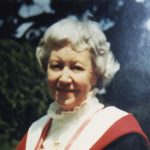
Vera Margaret Jackson (née Haughton) RCNA
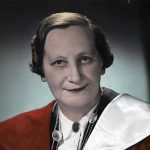
Annie Moriah Sage CBE RRC FNM
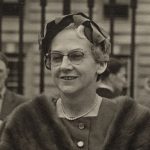
Edith Hughes-Jones OBE RCNA
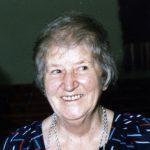
Jean Millist Lamont RMN RM
The College of Nursing, Australia (Est. 1949)
The College of Nursing, Australia, formally known as the NSW College of Nursing, was founded in NSW in 1949. The organisation was committed to promoting the art and science of nursing and advancing the nursing profession by developing and offering relevant postgraduate education for nurses.
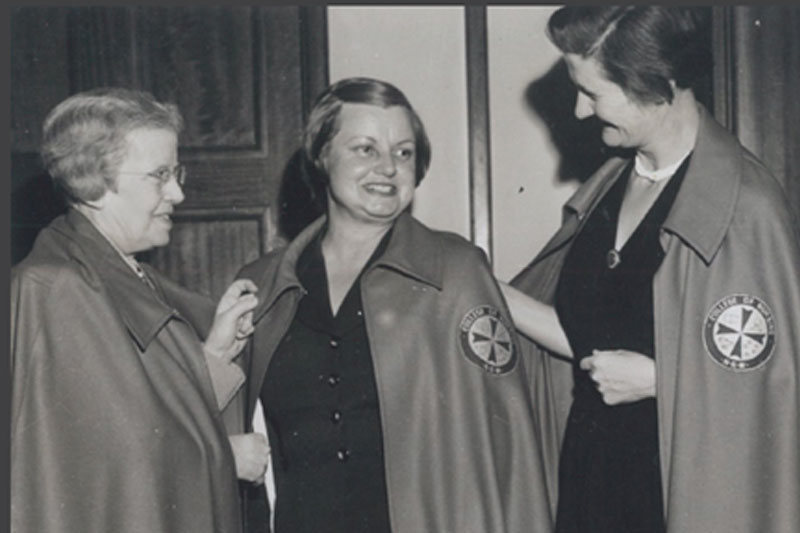
Image: Investiture of Fellows 1952
Founders of the NSW College of Nursing
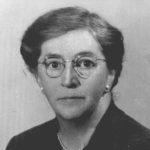
Muriel Knox Doherty RRC FCN (NSW)
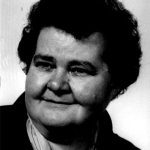
Agnes Mary Lions MBE INC (NSWCN) FCN (NSW)
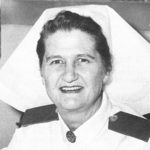
Margaret Frances Guy (née Looker) OBE FCN (NSW) FRNC
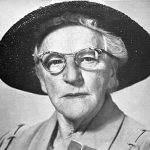
Georgina McCready (née Johnstone) MBE FCN (NSW)
Australian College of Nursing (ACN) today
(2012 to present)
ACN's logo formation
ACN’s logo is a visual representation of our organisation’s key pillars: membership, policy and education, which collectively make up the Australian College of Nursing community.

ACN's leadership
ACN has been privileged to be led by visionary nurse leaders who have not only driven transformative change and progress within our organisation but have also been instrumental in advancing the nursing profession.
PRESIDENTS

Carmen Morgan FACN (DLF)
2013-2015

Adjunct Professor Kathy Baker AM FACN (DLF)
2016

Emeritus Professor Christine Duffield FACN (DLF)
2017-2023

Adjunct Professor David Plunkett FACN
2023-present
CHIEF EXECUTIVE OFFICERS

Adjunct Professor Debra Thoms FACN DLF
2012-2015

Adjunct Professor Kylie Ward FACN
2015-present
Celebrating 10 years of ACN
We were proud to commemorate 10 years of advancing the nursing profession and amplifying its powerful collective voice with a spectacular anniversary ball held at Parliament House in Canberra in November 2022. The event provided an opportunity to reflect on our tremendous achievements and allowed high-profile leaders to acknowledge their appreciation for our profession.
Proudly preserving nursing’s heritage
Follow in the footsteps of extraordinary nurse leaders who have been championing for the profession for over 70 years and help us shape the future of nursing. Become an ACN member today to connect with like-minded nurses, progress your nursing career and make your voice heard.

Become a part of our rich heritage
Follow in the footsteps of extraordinary nurse leaders who have been championing for the profession for over 70 years and help us shape the future of nursing. Become an ACN member today to connect with like-minded nurses, progress your nursing career and make your voice heard.

